Denmark Passes Law Banning Burqas and Niqabs In Public
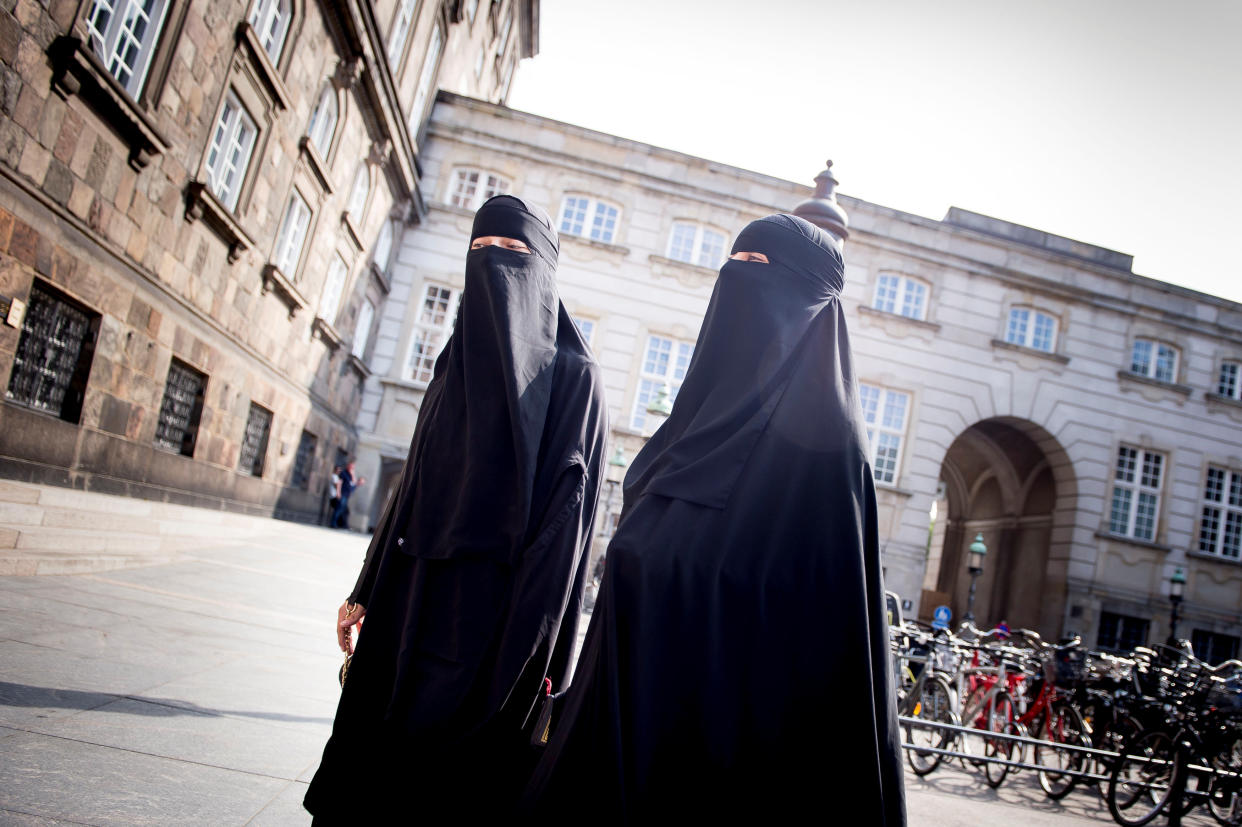
The Danish Parliament voted on Thursday to ban clothing that covers the face, including the niqab and burqa worn by some Muslim women.
Denmark’s center-right government enacted the law with a vote of 75-30, with 74 absent, The Associated Press reported. The decision puts the country in league with France, Austria and Belgium, which have adopted similar laws.
The government said that the law is not aimed at any specific religion. Along with Islamic full-face veils, balaclavas would also be banned, Agence France-Presse reported. The law does not ban headscarves, turbans, Jewish skull caps or face coverings worn for a “recognizable purpose” during cold weather or while riding a motorcycle.
Still, the law has become known as a “burqa ban” directed at Muslim women who wear veils as part of their spiritual practice. The burqa covers the face completely, leaving a net screen for women to see through, while the niqab leaves the area around the eyes open.
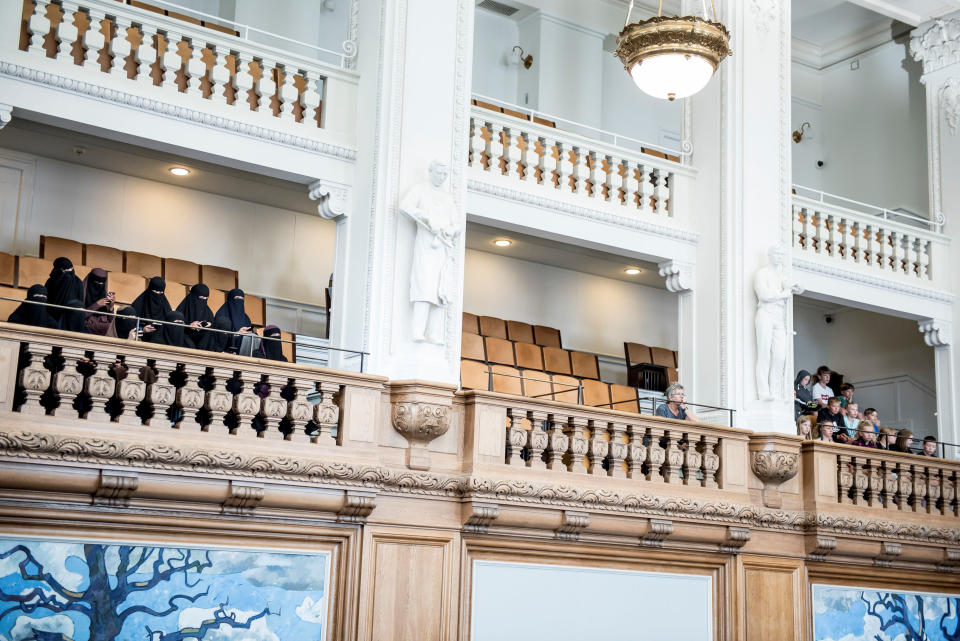
Most Muslim women in Denmark do not wear full-face veils. In fact, a 2009 study from the University of Copenhagen suggests that the number of Muslim women who wear niqabs in Denmark ranges from 100 to 200.
After the law goes into effect on Aug. 1, first-time offenders face a fine of 1,000 kroner ($156). Repeat offenders could risk fines of up to 10,000 kroner ($1,571), plus jail time of up to six months. Anyone who forces another person to cover their face could be thrown in jail for up to two years.
Justice Minister Soeren Pape Poulsen said that police officers will be trusted to use “common” sense when they see people violating the law. He told Reuters that officers would fine the violators and tell them to “go home.”
In February, when the Danish government formally proposed the face veil ban, Poulsen said that such veils were “disrespectful” to the community.
“With a ban on covering the face, we are drawing a line in the sand and underlining that in Denmark we show each other trust and respect by meeting face to face,” Poulsen said.
Muslim activists have claimed that European governments’ attempts to ban face veils are more of a “symbolic stance” that frames Muslim women and their religious beliefs as antagonistic to European societies.
Lamia El Amri, chair of the international advocacy group European Forum of Muslim Women, told HuffPost earlier this year that burqa bans are a reflection of a “dangerous rise” in Islamophobic political rhetoric in Europe.
“We can see that nothing or very little has been done by these governments in ... protecting women against Islamophobic hate crimes,” Amri, a resident of Sweden, told HuffPost. “We would be happy to see governments addressing real problems and security issues that Muslim women face in their everyday life.”
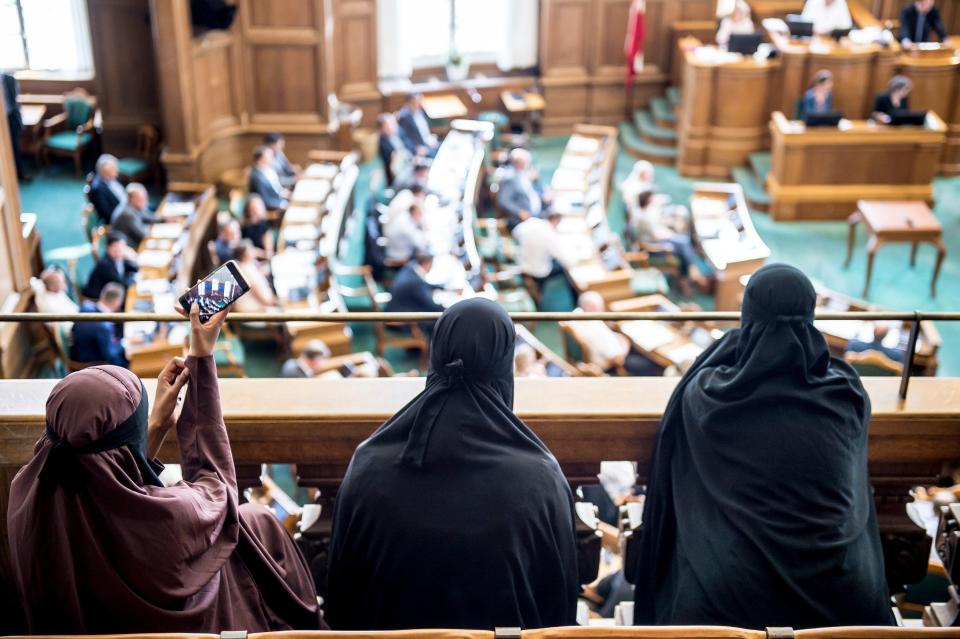
A Pew Research Center study published this week found that Danish Christians are more likely than religiously unaffiliated Danes to say that Islam is fundamentally incompatible with Danish culture and values. Fifty-five percent of Christians in Denmark who go to religious services at least once a month agree that Islam is incompatible with Danish culture.
Amnesty International’s Europe director Gauri van Gulik said that the ban fails to protect women’s rights and instead criminalizes women who choose to wear face veils.
“All women should be free to dress as they please and to wear clothing that expresses their identity or beliefs,” he said. “This blanket ban is neither necessary nor proportionate, and violates the rights to freedom of expression and religion.”
Also on HuffPost
Love HuffPost? Become a founding member of HuffPost Plus today.
The Hijab
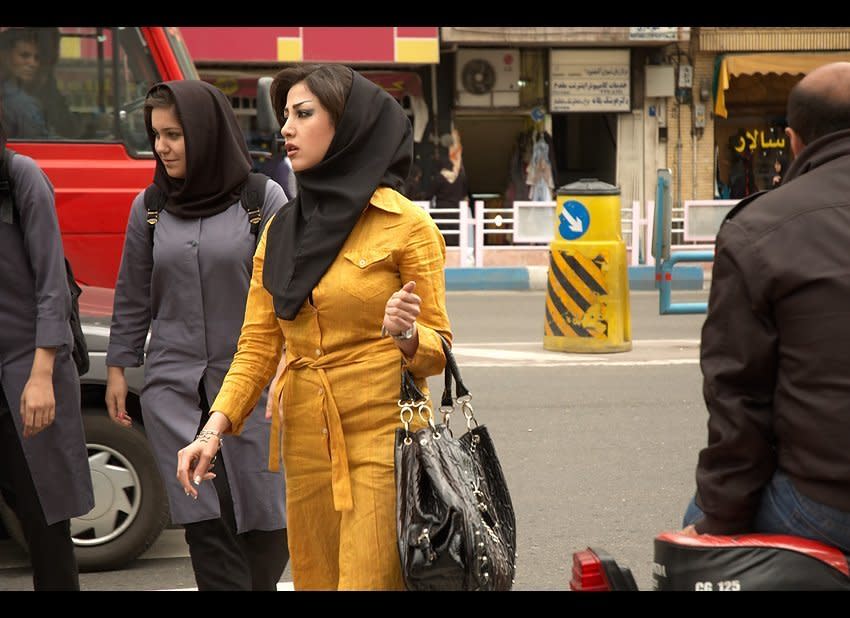
Hijab in Action
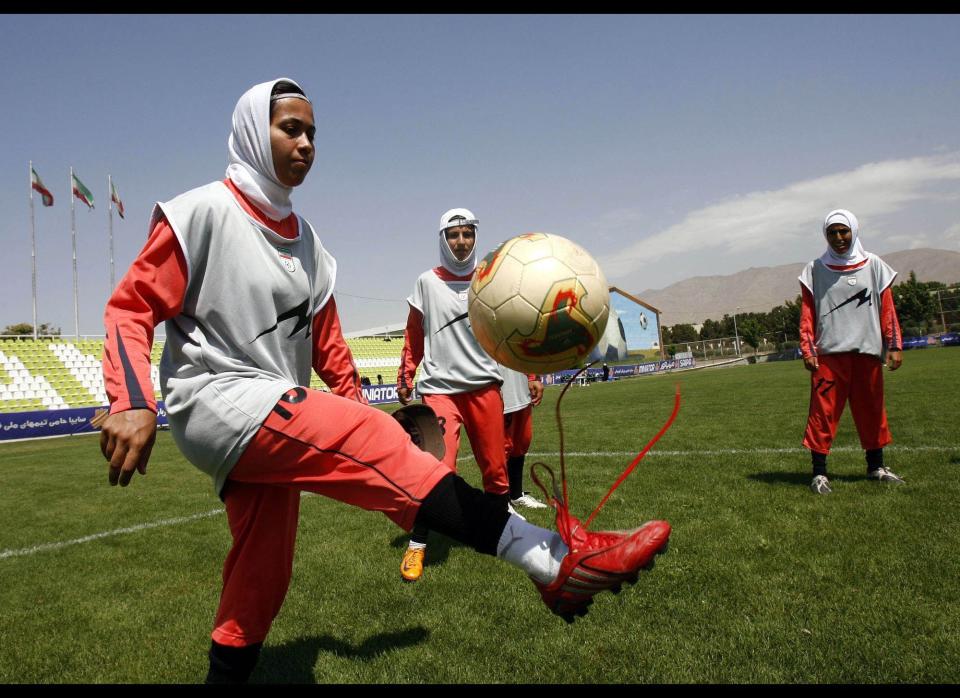
Sheila & Abaya
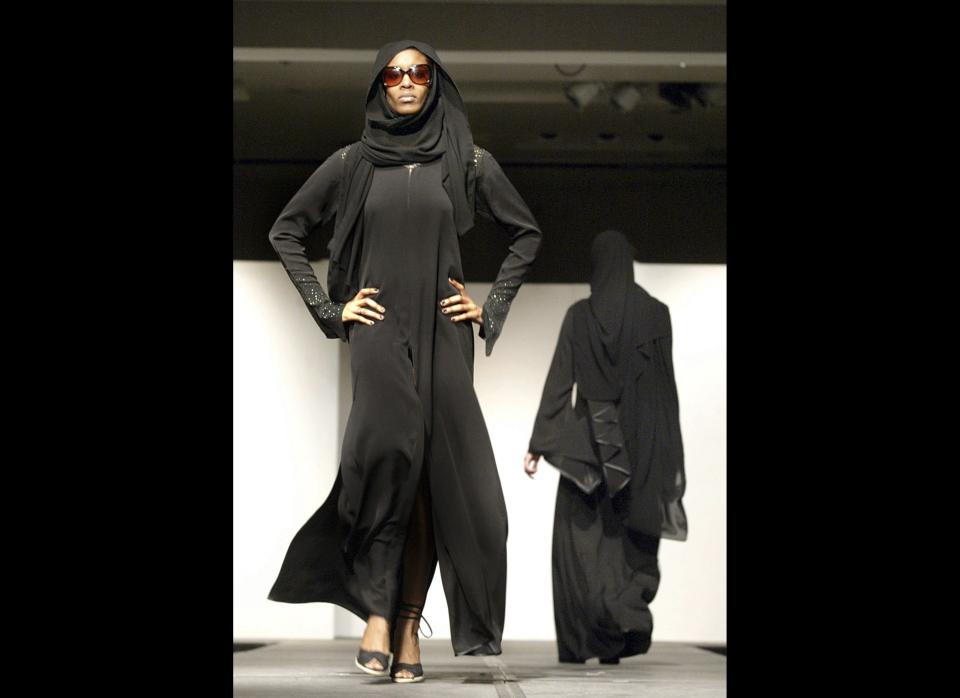
The Niqab
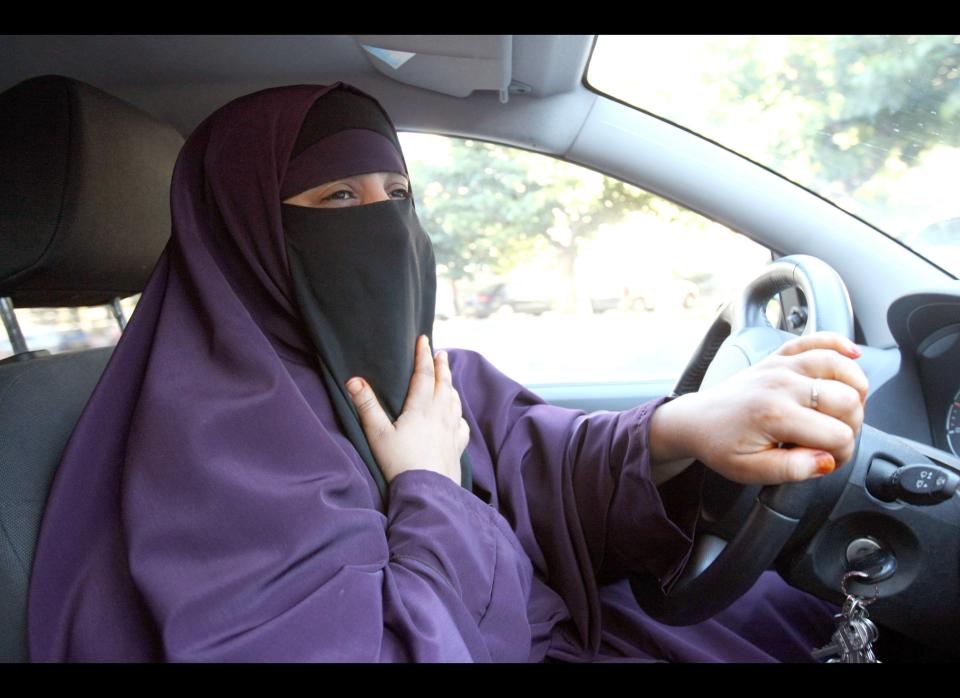
The Batula
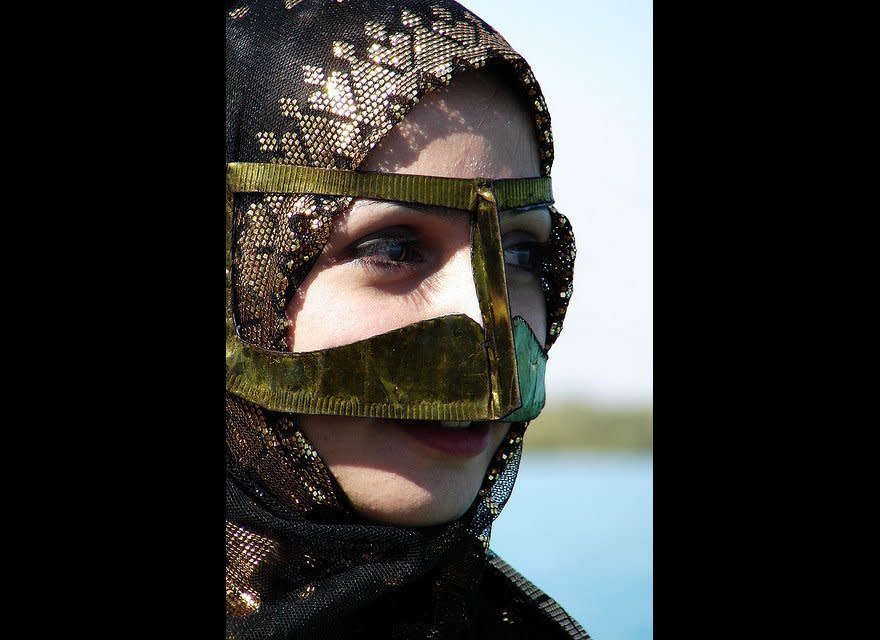
The Burqa
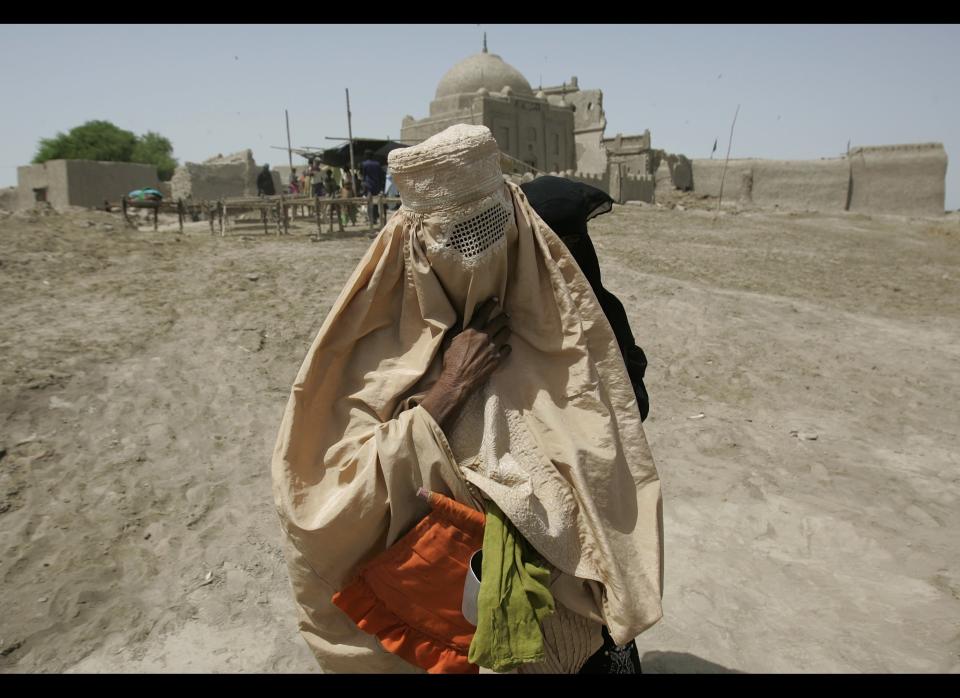
Burqas & Bicycles

Doa Gaun
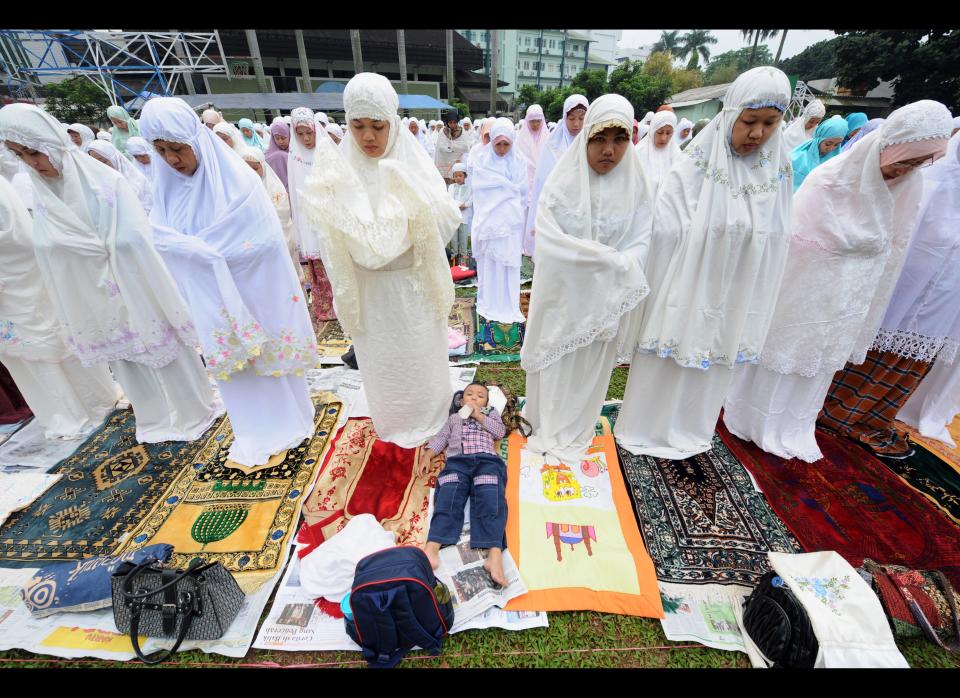
The Chador
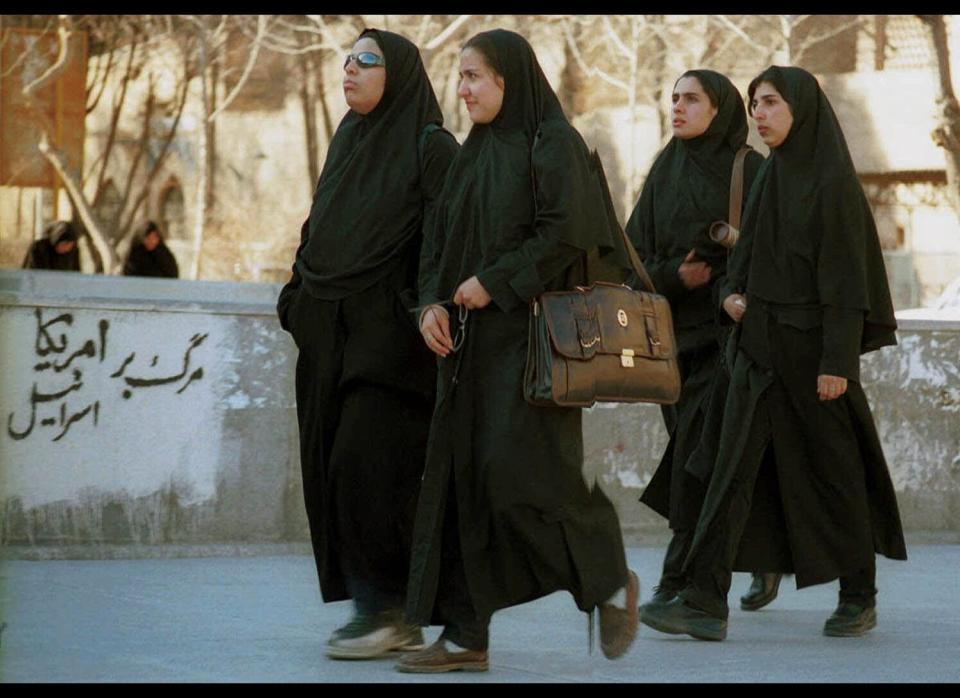
The Birquini
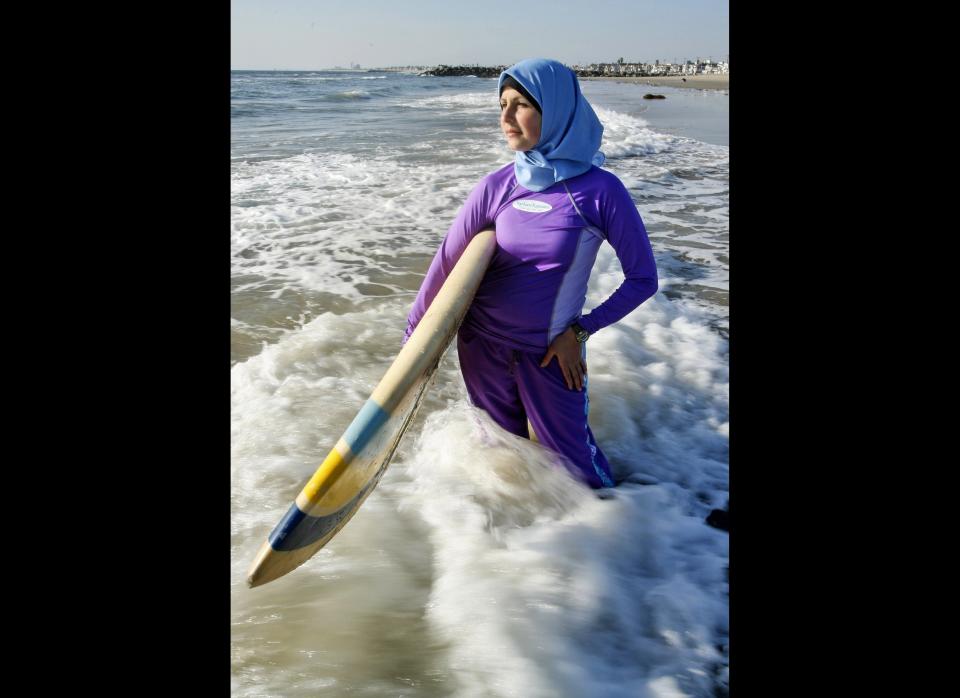
Baywatch: Abu Dhabi
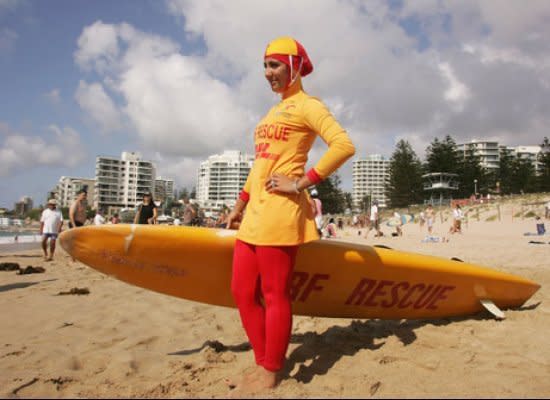
This article originally appeared on HuffPost.

